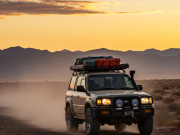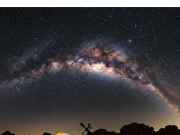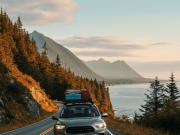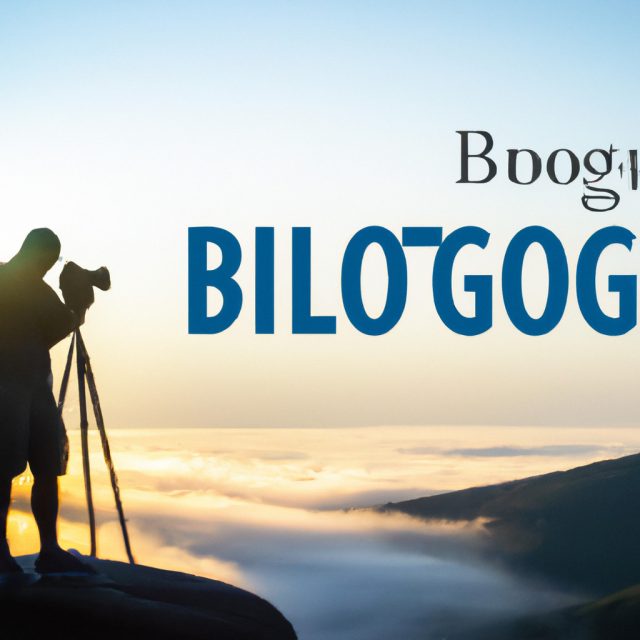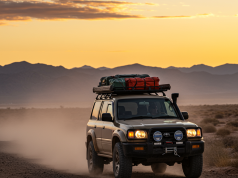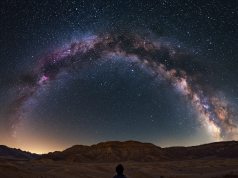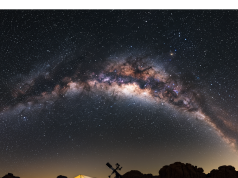Travel photography transforms ordinary journeys into unforgettable visual stories. Whether you’re a seasoned photographer or a passionate traveler armed with only a smartphone, this guide covers every aspect of capturing stunning images on the road. From essential gear and camera settings to composition rules and editing techniques, you’ll learn how to document your adventures like a professional.
Why Travel Photography Matters
Photos are the most powerful way to relive your travels, share your experiences, and inspire others. Great images go beyond mere documentation: they evoke emotion, convey cultural insights, and preserve fleeting moments. When you master travel photography, you transform snapshots into compelling narratives that capture the essence of each destination.
Choosing the Right Equipment
Camera Bodies: For enthusiasts, a mirrorless camera balances weight and image quality. DSLR users benefit from optical viewfinders and extensive lens options. Beginners can start with a high-end compact or bridge camera for simplicity.
Lenses: A versatile zoom (e.g., 24-70mm) covers landscapes and street scenes. Add a wide-angle lens (16-35mm) for sweeping vistas, and a telephoto (70-200mm) for wildlife or distant details. Prime lenses (35mm or 50mm) give fast apertures for low-light and portraiture.
Tripods & Supports: A sturdy yet lightweight travel tripod opens possibilities for long exposures, star trails, and perfectly sharp landscapes. Consider a carbon-fiber model for reduced weight.
Mastering Camera Settings
Aperture Priority Mode: Use “A&_rdquo; or “Av&_rdquo; to control depth of field. A wide aperture (f/2.8–f/5.6) isolates subjects, while a smaller aperture (f/8–f/16) ensures sharp landscapes.
Shutter Speed: Fast shutter speeds (>1/500s) freeze motion—ideal for bustling markets or waterfalls. Slower speeds (<1/4s) create silky water effects or light trails; stabilize your camera to avoid blur.
ISO Settings: Keep ISO low (100–400) for maximum detail and minimal noise. Raise ISO in low light or indoors, but be mindful of grain. Use noise-reduction software during editing if needed.
Composition and Framing Techniques
Rule of Thirds: Imagine a three-by-three grid. Place key elements along gridlines or at intersections to create balance and visual interest.
Leading Lines: Roads, pathways, and rivers guide viewers’ eyes through the frame. Use natural or architectural lines to direct attention to focal points.
Foreground Interest: Include rocks, flowers, or local artifacts in the foreground for depth and a sense of scale.
Framing: Doorways, arches, and tree branches can frame your subject, drawing focus and adding context.
Lighting Strategies for Stunning Shots
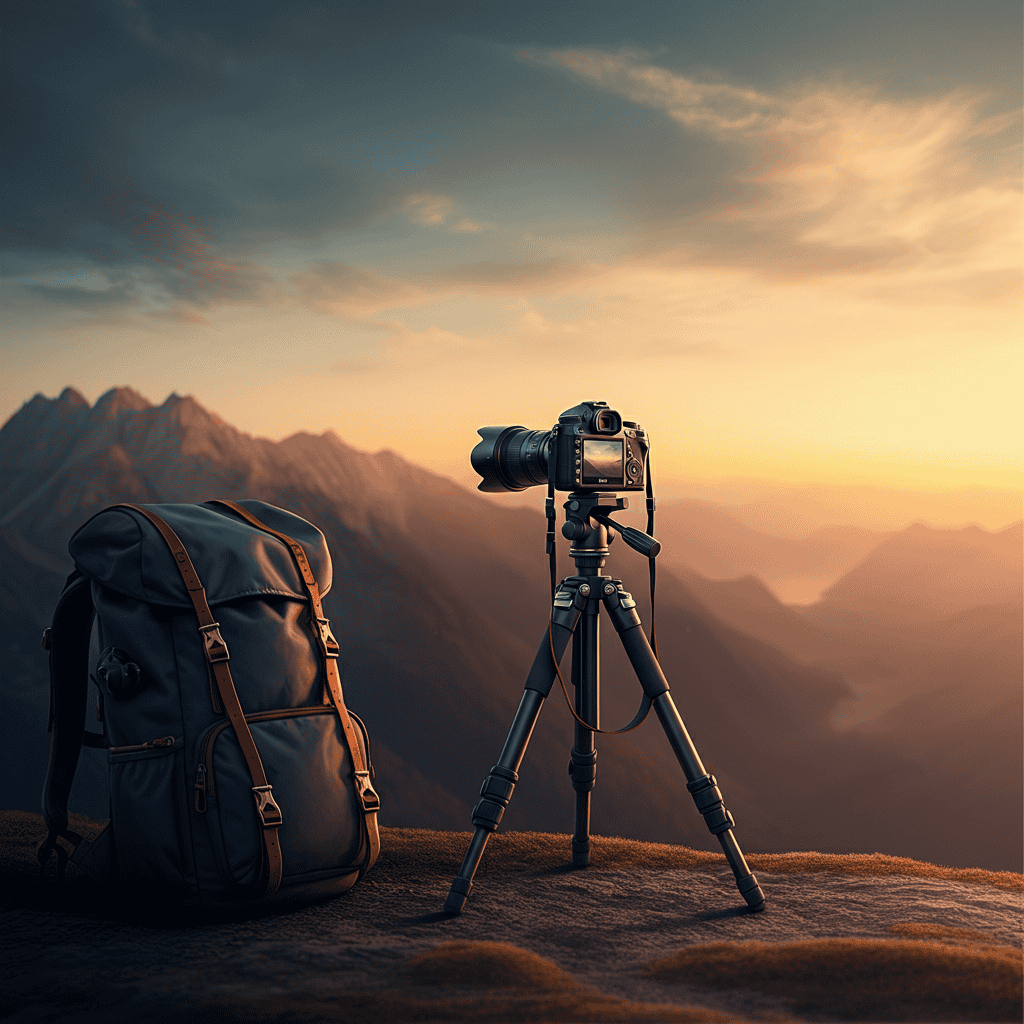
Golden Hour: Shoot during the first hour after sunrise and the last hour before sunset. Soft, warm light enhances textures and delivers vibrant colors.
Blue Hour: The period just before sunrise or after sunset offers deep blues and dramatic contrast, perfect for cityscapes and waterfronts.
Midday Sun: Harsh overhead light can create strong shadows. Use fill flash, reflectors, or seek shaded areas to soften shadows on faces and details.
Tips for Specific Scenarios
Landscapes: Use a small aperture (f/11–f/16) and focus one-third into the scene for maximum depth of field. Incorporate a distinctive foreground element to anchor the shot.
Street & Cultural Scenes: Blend in with locals, anticipate candid moments, and use a fast prime lens for natural-looking backgrounds. Respect privacy and local customs.
Night Photography: A sturdy tripod and long exposures capture star trails, city lights, and neon scenes. Use a remote shutter release or timer to prevent camera shake.
Editing Your Travel Photos
Post-processing enhances your images without betraying authenticity. Popular tools include Adobe Lightroom, Capture One, and free alternatives like Darktable.
- Basic Adjustments: Correct exposure, contrast, white balance, and saturation to match the scene you remember.
- Lens Corrections: Fix distortion, chromatic aberration, and vignetting for cleaner, sharper images.
- Selective Edits: Use gradient filters, radial masks, and adjustment brushes to emphasize skies, brighten faces, or darken distracting areas.
- Sharpening & Noise Reduction: Apply moderate sharpening to bring out details and reduce noise while preserving texture.
Sharing Your Travel Stories
A compelling photo deserves a fitting platform. Curate your work on Instagram, travel blogs, or photo-sharing sites like Flickr and 500px. Craft engaging captions that tell the backstory—who, what, where, and why—and interact with your audience to build a community of fellow travelers and photography enthusiasts.
Mobile Photography Tips
For travelers without a dedicated camera, modern smartphones offer powerful photography features. Use the grid overlay for composition, lock focus/exposure on your subject, and explore built-in modes like portrait, panorama, and night mode. Invest in a compact tripod and clip-on lenses to expand your creative options.
Essential Accessories to Elevate Your Shots
- Extra Batteries & Memory Cards: Always pack spares to avoid missing a shot.
- Circular Polarizer Filter: Reduces reflections and enhances skies.
- Neutral Density Filter: Enables long exposures in bright daylight.
- Camera Rain Cover: Protects gear in wet or dusty environments.
- Portable Hard Drive or Cloud Backup: Securely store and back up your images daily.
If you’re committed to sustainable travel, consider rechargeable batteries, solar-powered chargers, and reusable lens cloths to reduce waste and minimize your environmental impact. Choosing durable gear that lasts longer and packing light also supports eco-conscious travel habits.
Conclusion
Travel photography is both an art and a science. With the right gear, camera settings, compositional skills, lighting strategies, and editing workflows, you can capture breathtaking images that transport viewers to the heart of your journey. Practice regularly, experiment bravely, and let your passion for exploration guide every frame. Your next adventure awaits—grab your camera and start shooting!
Learn about: Foodie Travel Guide: 10 Tips to Enjoy Local Cuisine Like a Pro

